Comparative Study on the Dual Impact of environmental Tax and Emissions Trading System (ETS) on Emission Reduction Effects and Financing Costs for High-Emission Enterprises
DOI: 10.23977/pree.2025.060204 | Downloads: 4 | Views: 90
Author(s)
Huang Jiemin 1, Lin Jiehe 2, Peng Ke 2
Affiliation(s)
1 Shenzhen University of Information Technology, Shenzhen, Guangdong, 518172, China
2 Harbin Institute of Technology, Harbin, China
Corresponding Author
Huang JieminABSTRACT
This study employs a difference-in-differences model based on corporate bond data from the Shanghai and Shenzhen stock exchanges between 2007 and 2021. It examines the effects of China's carbon trading policies and environmental tax policies on corporate financing costs and carbon emissions to reveal the interactive patterns between environmental policies and capital market pricing. Empirical results indicate that environmental policies exert a positive effect on corporate emissions reduction. Short-term carbon trading policies yield superior emission reduction effects, while carbon tax policies demonstrate more significant long-term reduction impacts. Regarding corporate financing costs, carbon trading policies effectively reduce financing expenses, whereas carbon tax policies increase them. Furthermore, heterogeneity analysis reveals that carbon disclosure levels and corporate ownership structures moderate the impact of environmental policies on firms. Firms with higher carbon disclosure levels are more affected by environmental policies, while state-owned enterprises exhibit a more pronounced response to such policies. The empirical findings of this study provide micro-level evidence for understanding the impact of environmental policies on corporate financing costs under the "dual carbon" goals, offering reference for policy optimization, corporate carbon management decisions, and investor risk assessment.
KEYWORDS
Environmental Tax, Emissions Trading System, Emission Reduction Effects, Financing Costs, High-Emission EnterprisesCITE THIS PAPER
Huang Jiemin, Lin Jiehe, Peng Ke, Comparative Study on the Dual Impact of environmental Tax and Emissions Trading System (ETS) on Emission Reduction Effects and Financing Costs for High-Emission Enterprises. Population, Resources & Environmental Economics (2025) Vol. 6: 30-38. DOI: http://dx.doi.org/10.23977/pree.2025.060204.
REFERENCES
[1] Xu, H., Pan, X., Li, J., Feng, S., Guo, S. (2023). Comparing the impacts of carbon tax and carbon emission trading, which regulation is more effective? Journal of Environmental Management, 330, 117156. https://doi.org/10. 1016/j. jenvman.2022.117156
[2] Pietzcker, R. C., Osorio, S., Rodrigues, R. (2021). Tightening EU ETS targets in line with the European Green Deal: Impacts on the decarbonization of the EU power sector. Applied Energy, 293, 116914. https://doi.org/10.1016/j. apenergy. 2021.116914
[3] Zhang, Y. (2022). China's carbon market: Current status and future challenges. Journal of Environmental Management, 318, 115570. https://doi.org/10.1016/j.jenvman.2022.115570
[4] Hua, J., Wang, K., Lin, J., Qian, Y. (2024). Carbon Tax vs. Carbon Cap-and-Trade: Implementation of carbon border tax in cross-regional production. International Journal of Production Economics, 274, 109317. https://doi.org/10.1016/j. ijpe.2024.109317
[5] Nordhaus, W. D. (2014). The Economics of Climate Change. [Lecture presentation at the University of Chicago].
[6] Roy, A. (2025). Does carbon tax promote green trade and comparative advantages: evidence from Panel Difference-In-Difference (DID) causal experiment. Environmental Economics and Policy Studies, 27(2), 331–352. https://doi.org/10. 1007/s10018-024-00434-z
[7] Panza, L., & Peron, M. (2025). The role of carbon tax in the transition from a linear economy to a circular economy business model in manufacturing. Journal of Cleaner Production, 492, 144873. https://doi.org/10. 1016/j.jclepro.2025. 144873
[8] Luo, R., Zhou, L., Song, Y., Fan, T. (2022). Evaluating the impact of carbon tax policy on manufacturing and remanufacturing decisions in a closed-loop supply chain. International Journal of Production Economics, 245, 108408. https://doi.org/10.1016/j.ijpe.2022.108408
[9] Zhao, X., Sun, C., Wang, C., et al. (2018). Carbon emissions performance and its influencing factors in Chinese industrial sectors: A non-radial directional distance function approach. Journal of Cleaner Production, 194, 108-118. https://doi.org/10.1016/j.jclepro.2018.06.256
[10] Ellerman, A. D., & Buchner, B. K. (2007). The European Union Emissions Trading Scheme: Origins, Allocation, and Early Results. Review of Environmental Economics and Policy, 1(1), 66-87.
[11] Bovenberg, A. L., & Goulder, L. H. (1996). Optimal environmental taxation in the presence of other taxes: General-equilibrium analyses. American Economic Review, 86(4), 985-1000.
[12] Zhang, Y., Qi, L., Lin, X., Pan, H., Sharp, B. (2022). Synergistic effect of carbon ETS and carbon tax under China's peak emission target: A dynamic CGE analysis. Science of the Total Environment, 825, 154076. https://doi. org/10. 1016/j. scitotenv.2022.154076
[13] Wang, H., Li, Y., Zhang, X. (2020). How do environmental regulations affect green technology innovation in Chinese manufacturing firms? The moderating role of corporate environmental responsibility. Journal of Cleaner Production, 265, 121687. https://doi.org/10.1016/j.jclepro.2020.121687
[14] Sun, M., Vortia, M. P., Xiao, G., & Yang, J. (2025). Carbon Policies and Liner Speed Optimization: Comparisons of Carbon Trading and Carbon Tax Combined with the European Union Emissions Trading Scheme. Journal of Marine Science and Engineering, 13(2), 204. https://doi.org/10.3390/jmse13020204
| Downloads: | 3071 |
|---|---|
| Visits: | 131614 |
Sponsors, Associates, and Links
-
Information Systems and Economics
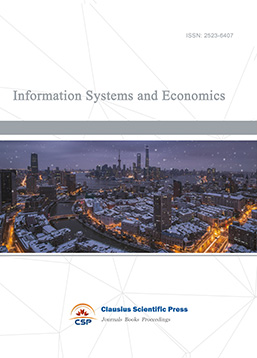
-
Accounting, Auditing and Finance
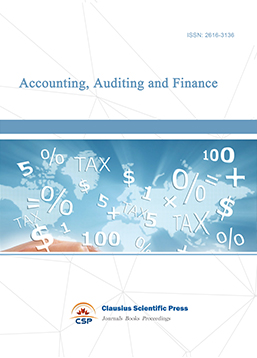
-
Industrial Engineering and Innovation Management
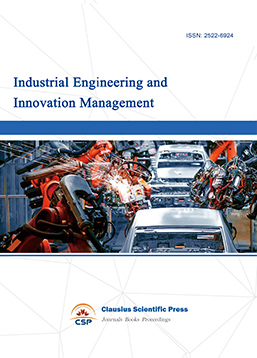
-
Tourism Management and Technology Economy
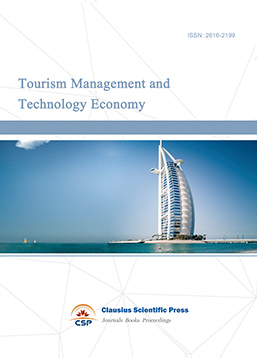
-
Journal of Computational and Financial Econometrics

-
Financial Engineering and Risk Management

-
Accounting and Corporate Management
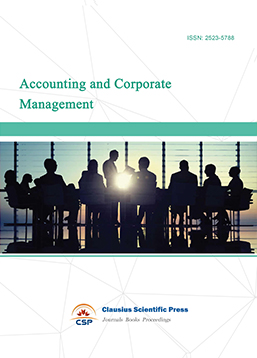
-
Social Security and Administration Management

-
Statistics & Quantitative Economics

-
Agricultural & Forestry Economics and Management

-
Social Medicine and Health Management

-
Land Resource Management

-
Information, Library and Archival Science
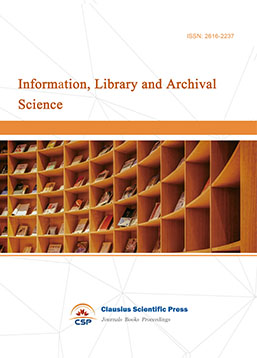
-
Journal of Human Resource Development
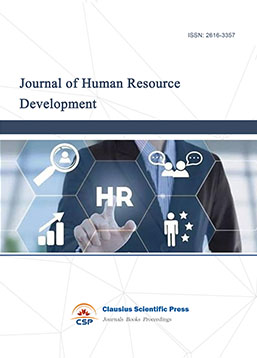
-
Manufacturing and Service Operations Management

-
Operational Research and Cybernetics
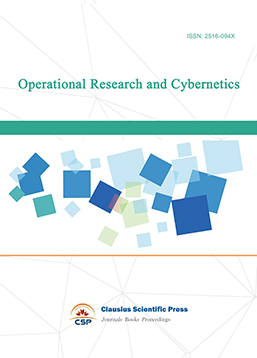

 Download as PDF
Download as PDF